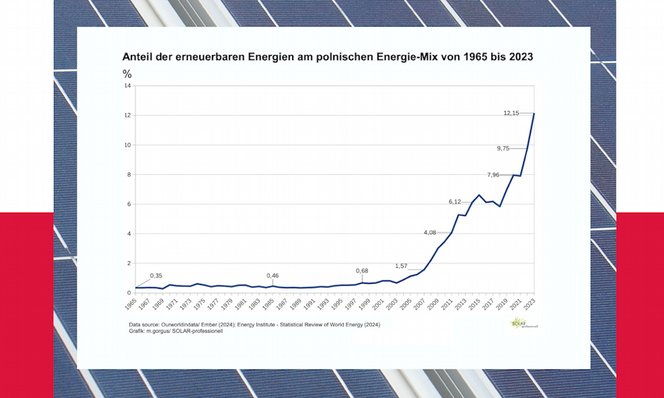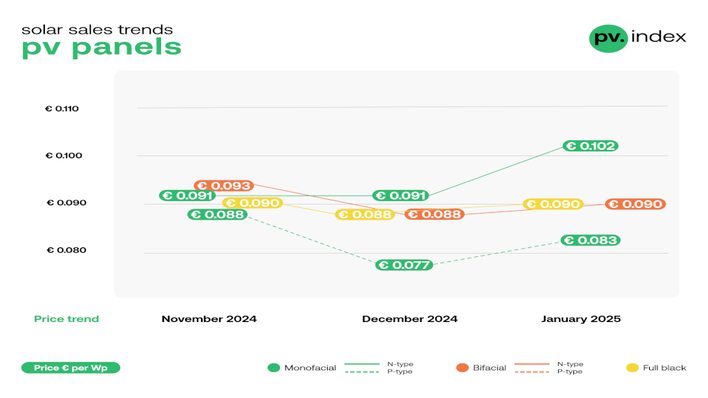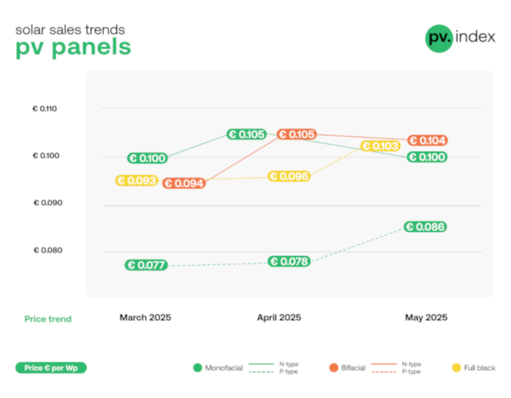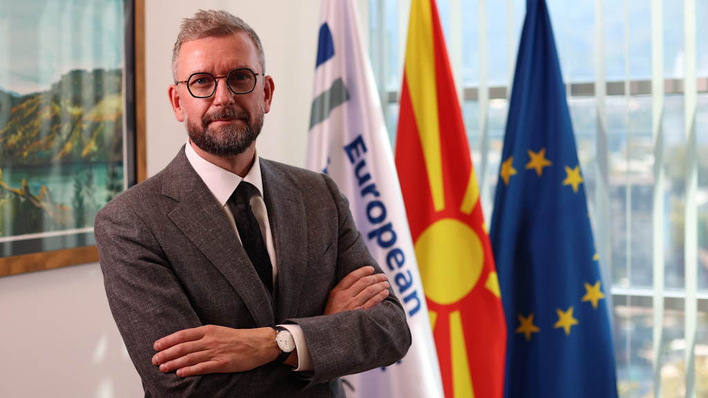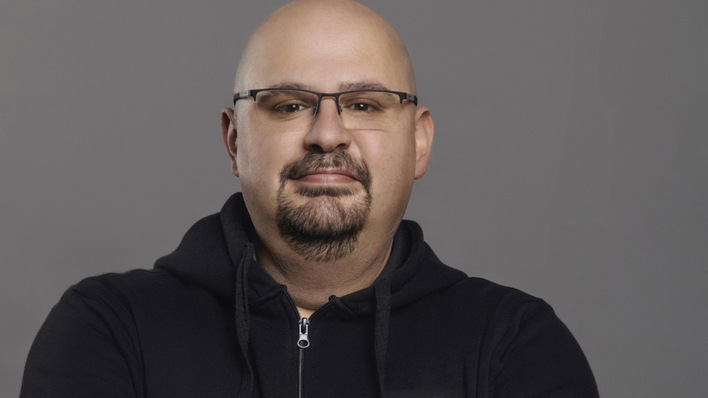The energy transition does not only mean generating electricity only from renewable sources, but all other energy use must ultimately be CO2-neutral as well - unfortunately, this is often forgotten. In 2020, total energy use in Germany, i.e. including industry, transport and heating, was only about 17 percent renewable. In some areas, so-called green hydrogen will play a role in the future, but it is only green if it is produced purely electrolytically with green electricity. Ultimately, the energy transition also means gigantic electrification.
Yet it is not generation that is the biggest problem at all: given that renewables are now available at marginal cost of close to zero, this can also be seen as a transition from an energy market to an electricity market, where it is no longer about gross energy generation, but about the ability to provide electricity at the right place at the right time. Due to the volatile nature of electric power, there must and will be an increased expansion of decentralized generation and storage resources here.
Everyone can actively participate in the electricity market
Coupling renewable energy with on-site energy storage is a win-win situation for companies, as they can save on electricity costs on the one hand, but also make profits on the electricity market on the other. In an open and flexible electricity market, participants can temporarily store produced surpluses and feed them into the grid when demand and, accordingly, prices are high. The combination of in-house generation and storage also increases the resilience of operations to grid outages.
Did you miss that? Eaton and Virta enable distributed energy storage systems' market participation
Such decentralized storage resources also have benefits for the grid as a whole, as they perform an important balancing function. To ensure a stable electricity supply in the future despite weather-dependent generation from solar and wind power, such buffers are very important. Such changes also require increasing digitization of our energy systems in order to automate control and management and get a grip on complexity. Another key element in the transition to a CO2-neutral energy supply is flexibility on the demand side. Achieving this flexibility requires insights into and interactions with electrical assets behind the meter, about which grid operators have traditionally lacked detailed data.
The grid becomes the decisive parameter
Due to the developments that are necessary on the technical and market side for the implementation of the energy transition, the power grid is becoming immensely important. It is already a sophisticated system for monitoring and managing energy, but for most of its existence, the flow of energy was one-way, from relatively few production sites to many consumption sites. In a new era of "prosumers" (i.e., consumers who are themselves also producers), we will rely on a smart grid to manage a bidirectional flow.
Also read: Eaton and Microsoft cooperate for grid decarbonization
However, it is clear that this challenge is not just about technology, but also about a change in mindset. There is still much work to be done to achieve this, but consumer awareness of the mechanisms of the energy market is already growing. Governments and industry are also increasingly recognizing the important role that individual consumers play in grid stability. If awareness develops throughout society about how and where the energy we use every day was generated, a big step would be taken. (DK/hcn)
Did you miss that? Data centers could enable more renewable energy



